What’s one way to create a major spark in your classroom? In one word: videoconferencing.
Emotional. Transformative. Touching. Passion inducing. Educational. These are only some of the words I can use to describe the impact that face-to-face interaction through videoconferencing has had on my elementary school students over the last eight years.
The Beginning
It all started in the fall of 2009, when a family from my school community broke the news that they were leaving our suburban New York town and moving to Hong Kong. The mom and I got together for a goodbye lunch and talked about keeping in touch despite the miles. We were discussing using Skype for this purpose, when it suddenly occurred to me that our social studies curriculum was changing that year to focus on China. How great might it be if we were able to Skype live from my classroom to her two young sons in Hong Kong?
Soon after, I borrowed a webcam, taped it to a box, connected it to my computer, downloaded Skype and hoped for the best. (I warned my students that failure was part of learning, so if this didn’t work, we were still gaining useful life experience.) Luckily, things went well. Really well. The results were unlike anything I’d ever experienced in my life as a teacher. This was a career-changing moment for me, and a major shift for my students. My third graders were fascinated and enthralled. “How is it possible that we can talk to Matthew and Josh all the way in Hong Kong without a wire coming out of the computer, going down the hall, and through the ocean?” asked eight-year-old Anna.
Since that first video call, my classes have had calls with people on every continent and more than 40 countries. We’ve learned about language, art, music, government, science, math and culture. We’ve become true global citizens.
Five Ways to Videoconference
Guest Speakers: After finishing a chapter book together as a class; my students wanted to learn more and asked if we could meet the author. They were now savvy to the magic of Skype, having had the call with Hong Kong. This was their idea, not mine. I emailed Robert Kimmel Smith to see if we could meet him via Skype to learn about his book, The War with Grandpa. He agreed and again, this was an unforgettable experience. The author taught the kids about the writing process, about character development, about getting published. He used their names to create a personal connection. The third graders were so motivated that they asked me if they could publish their own stories. And we did. But I’ll get into that in another post. In the meantime, here’s a great resource for finding guest speakers, such as authors, for your class.

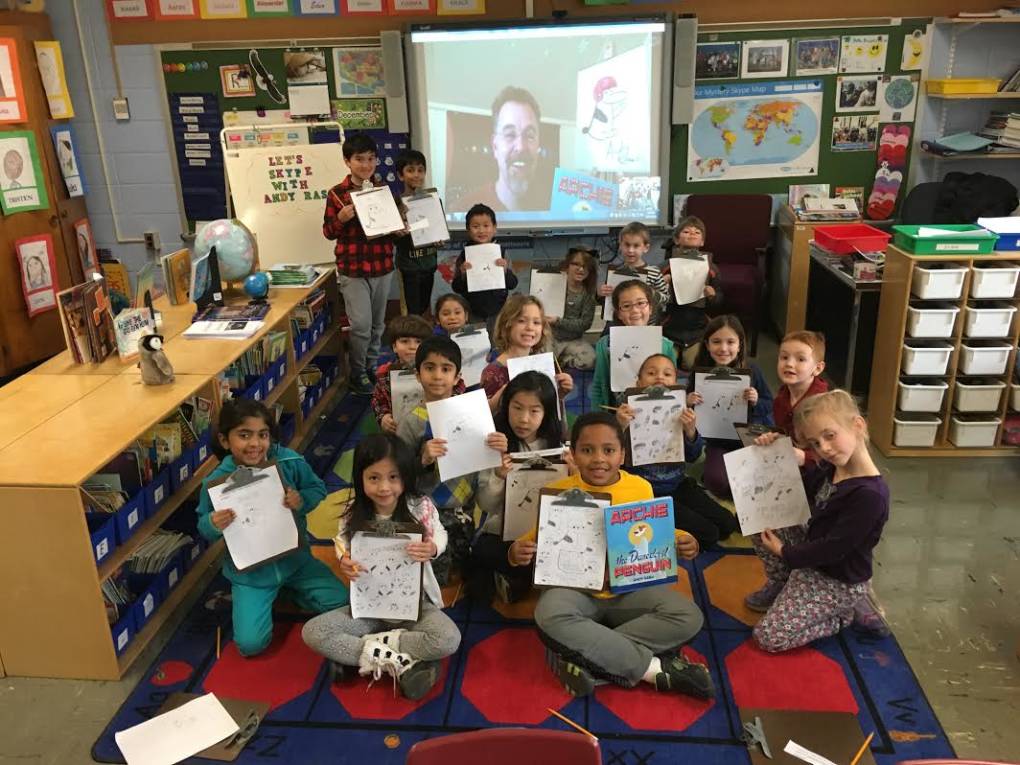 [/media-credit]
[/media-credit]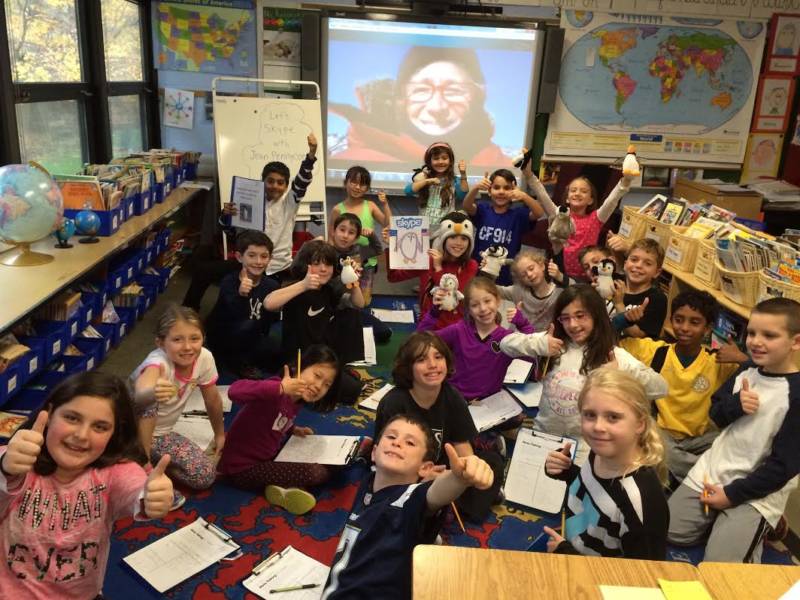 [/media-credit]
[/media-credit]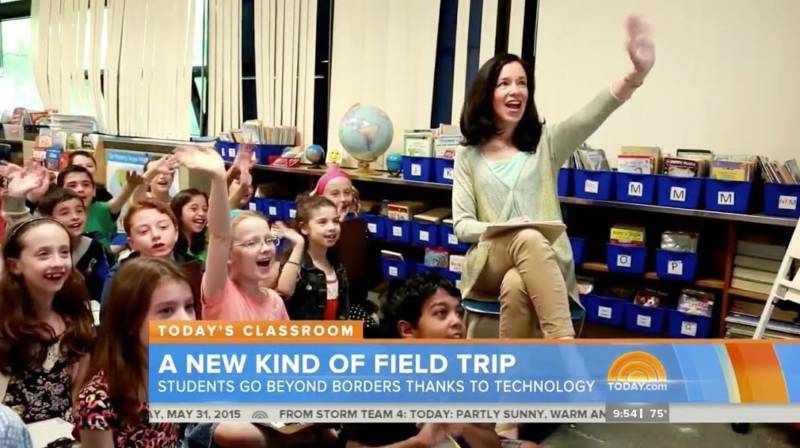 [/media-credit]
[/media-credit]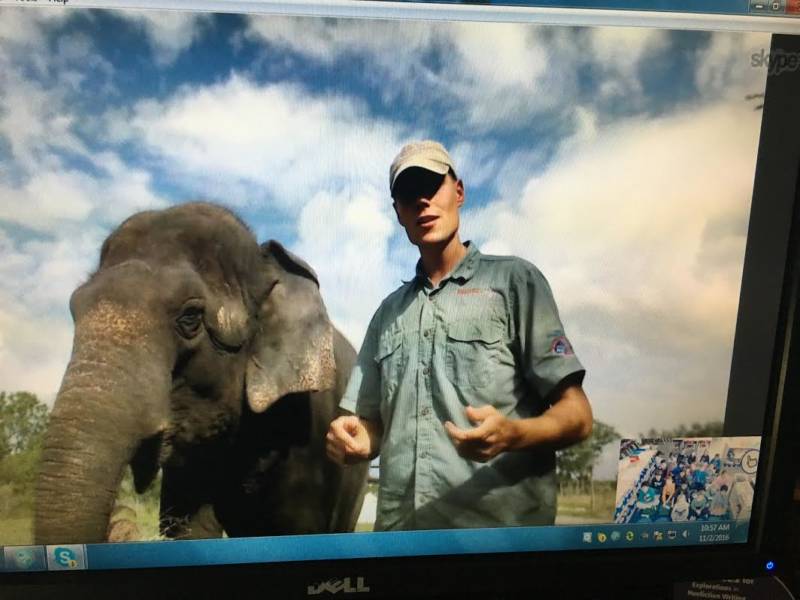 [/media-credit]
[/media-credit]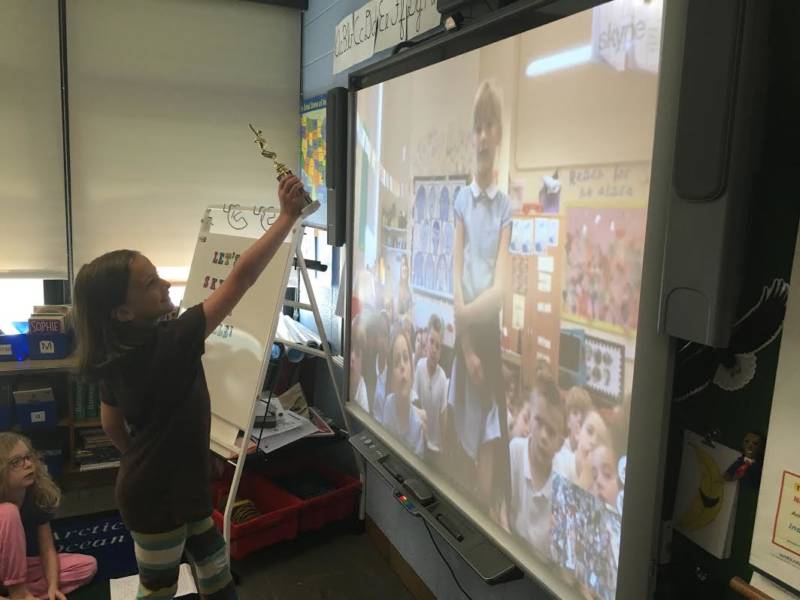 [/media-credit]
[/media-credit]